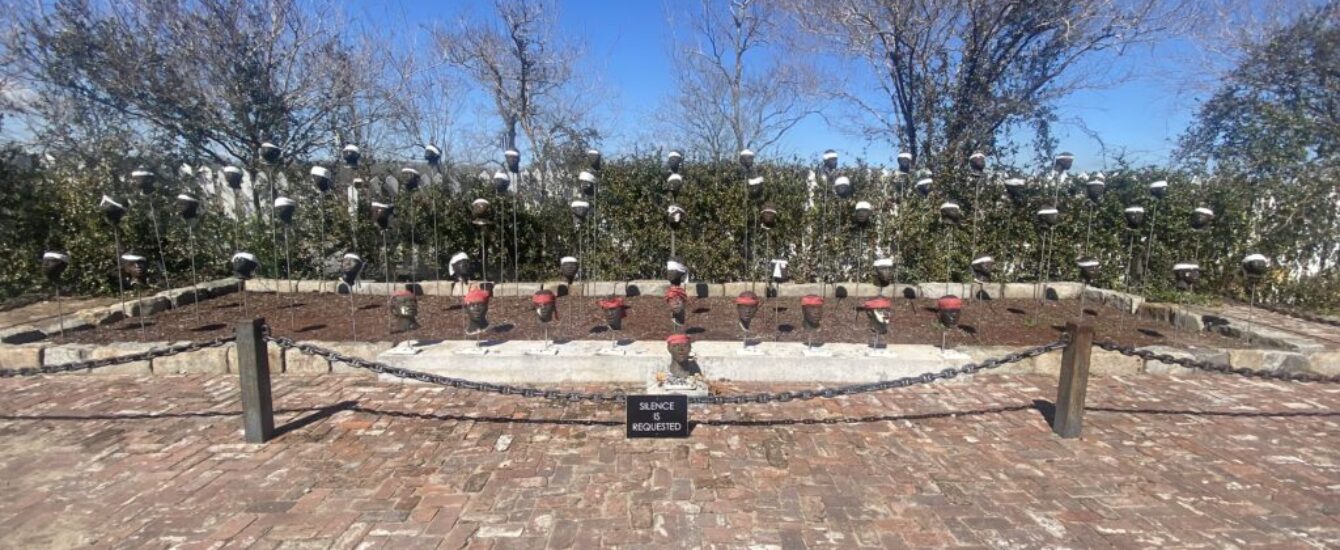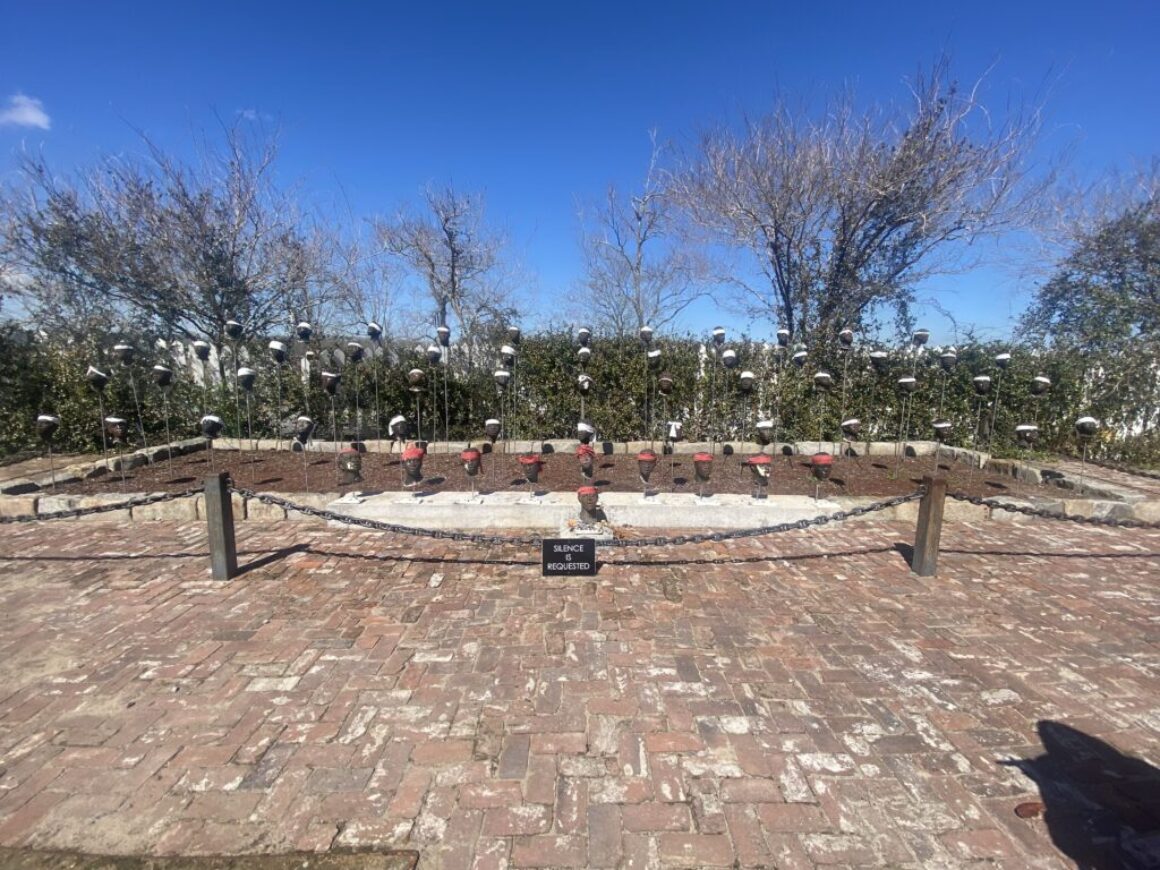All Things About Shared Authority
Anaya Parker

All Things About Shared Authority
What is Shared Authority?
Shared authority happens when there is a group effort to collaborate on a project. Shared authority typically happens through interviews. Interviews allow for the interviewee to tell their stories to help the interviewer put the pieces together. In the article, A Shared Inquiry into Shared Inquiry, Corbett and Miller state, “Interviewer and interviewee share ownership of oral history because they share agency in its creation (20).”
The
Impact
Shared authority helps historians dive deeper into their research. For example, Katharine Corbett researched photos from a labor strike in 1933. She located a few of the people who were in the photographs and interviewed them. Corbett indicates she searched for the workers in hopes to “put names to some of the faces (15).” Corbett identified some of the workers and allowed them to tell their stories. Ultimately, she brought life back into the photos with the truth and real stories connected to them.
A shared Inquiry
into Shared Inquiry
This article explains in-depth shared inquiry, reflective practice, and shared authority. Her main point about shared authority is getting people’s stories out. However, she explains it’s not simple to have interviews. She notes that some interviewees do not cooperate, and some are dishonest. Despite the negative attributes of shared authority, this does not change the fact that oral history is essential. As mentioned before, she wanted to add oral history to the photos from the labor strike. She revisits this story in the end to emphasize its importance. Kathy states, “…most projects… have too little inquiry or authority during the formative stages… limiting our opportunities to counterpoint our history with our public’s varied pasts (36).” This quote further supports her thoughts about oral history. She is implying that history has many hidden stories. Without these stories, people’s truths are trapped within photos or artifacts.
Corbett, Katharine T., and Howard S. Miller. “A Shared Inquiry into Shared Inquiry.” The Public Historian 28, no. 1 (2006): 15–38. https://doi.org/10.1525/tph.2006.28.1.15.
